There can be your advertisement
300x150
Venetian Plaster in Interior Design: Photos, Characteristics, and Usage Tips
What is Venetian Plaster: Main Features
The appearance of a wall with this finish can be mistaken for marble. This effect is created due to the use of stone dust in the base composition. In the past, lime was used as a binding material for plaster, mixed with water and natural pigments, but today professionals have abandoned this method, and the composition can include marble, granite, and stone. Main components have been replaced with synthetics: instead of lime - acrylic, and other materials, artificial pigments have taken the place of natural ones.
 Design: Inna Velichko
Design: Inna VelichkoCharacteristics of Venetian Plaster
Due to its composition, Venetian plaster has many positive properties, which is why it is chosen in the first place.
Synthetic components simplify the builder's task. Venetian plaster can be worked with even by beginners, provided they just practice the technique a bit.
There are several types of mixtures, which allows choosing the most suitable one for a specific purpose.
Decorative plaster allows you to style the surface in three different styles: make it smooth, textured, or create artistic decoration.
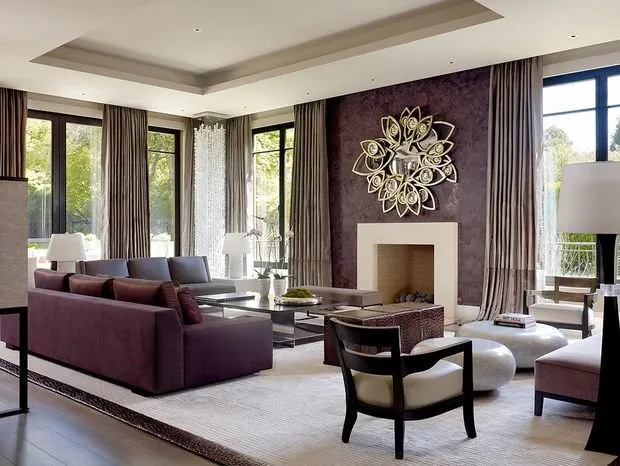
Originally, Venetian plaster is transparent — and this can also be seen as an advantage. First of all, this property allows achieving a play of light on the surface. Secondly, it is necessary to level the walls, which positively affects the result. If the surface is not smooth, irregularities will be noticeable through the plaster. And thirdly, such a coating can be applied almost to any base (wood, concrete, brick), provided the base is prepared.
 Design: ToTaste Studio
Design: ToTaste StudioWhen it comes to color — almost any solution is possible, provided you add the necessary pigment and mix the plaster before application.
Among the advantages of Venetian plaster, three important properties must not be overlooked: moisture resistance, breathability, and increased strength. These characteristics are achieved through the carbonization process (if simplified — this means that the mixture absorbs carbon, and a natural protective film forms on the surface). Of course, natural compositions differ in their qualities from synthetic ones, but in domestic use, this does not play a significant role.
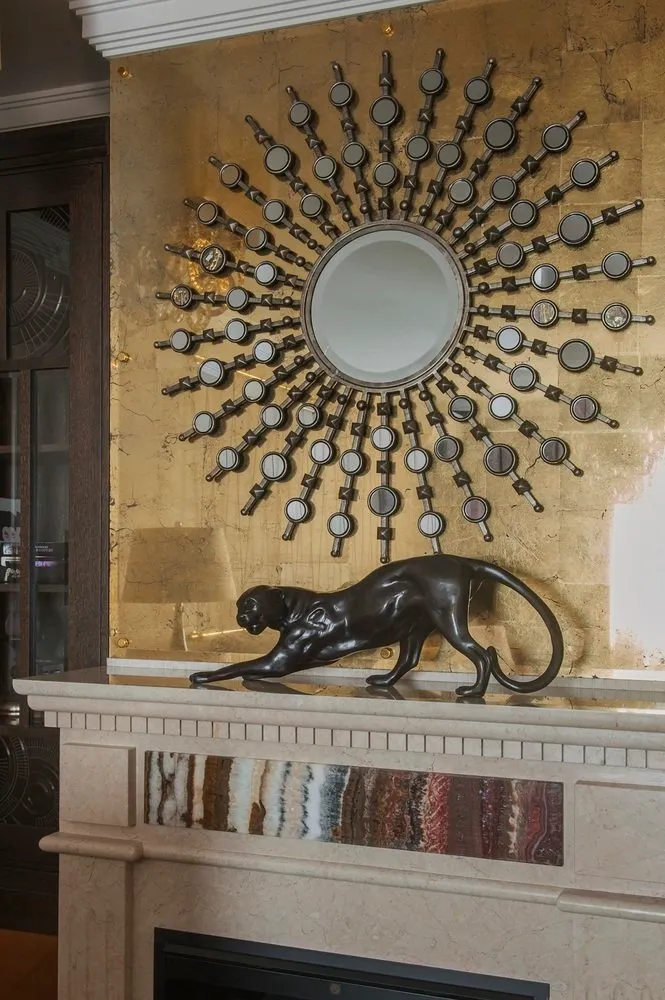 Design: Inna Velichko
Design: Inna VelichkoTypes of Venetian Plaster
Modern Venetian plaster differs by components and composition, as well as by the materials used as binders. Let's consider this classification.
1. Based on Acrylic
Frequently, the base of the coating is acrylic resin. This chemical substance is based on a special polymer. Thanks to this ingredient, the composition achieves elasticity. To give the finishing material different shades, which are necessary for interior design, various pigments — natural and artificial — are also added to the composition, but now secondly prevail.
Venetian plaster based on acrylic has low resistance to steam and quickly loses its appearance under regular sunlight exposure, so it can be applied in the hallway, where there are no windows and minimal natural light.
 Design: Eugenia Ermolaeva, EEDS Studio
Design: Eugenia Ermolaeva, EEDS Studio2. Based on Minerals
Mineral bases in the composition of Venetian decorative plaster can also be found among various manufacturers. The binding element in such compositions is cement. Due to its wear resistance, this coating is often chosen for wall finishing in kitchens and corridors. However, the color palette is often limited — light tones predominate.

3. Based on Silicon
Plaster is also made based on silicon. This is one of the most practical types, as its resistance to various impacts is high. This material can even be used for facade work. Specialists also note its plasticity and ease of application.
High moisture resistance also characterizes this type of Venetian plaster. However, for such high operational qualities, you will have to pay a higher price in the literal sense — the renovation budget may increase significantly.
 Design: Inna Velichko
Design: Inna Velichko4. Based on Silicates
The fourth type of Venetian plaster in the composition includes silicates, also known as liquid glass, which serve as a binding material. We won't go into the chemical details of what liquid glass is, but it should be noted that compositions differ in high strength, ability to repel water, and even withstand high-temperature impacts. Therefore, this type is excellent for decorating walls in the kitchen, bathroom, and other rooms where high requirements are placed on the strength of finishing materials.
 Design: Tatiana Shishkina
Design: Tatiana ShishkinaAdvantages and Disadvantages
In the world of design, Venetian plaster has both followers and those who rarely use this material in their projects. We will consider arguments from both sides to form an objective view.
Among the advantages, one can note:
high wear resistance, the coating is guaranteed to last at least 10 years, some say even 15 years — not a limit for preserving such an interior in its original form;
ecological safety — despite the presence of artificial additives in the mixture, Venetian plaster does not pose any threat to human health;
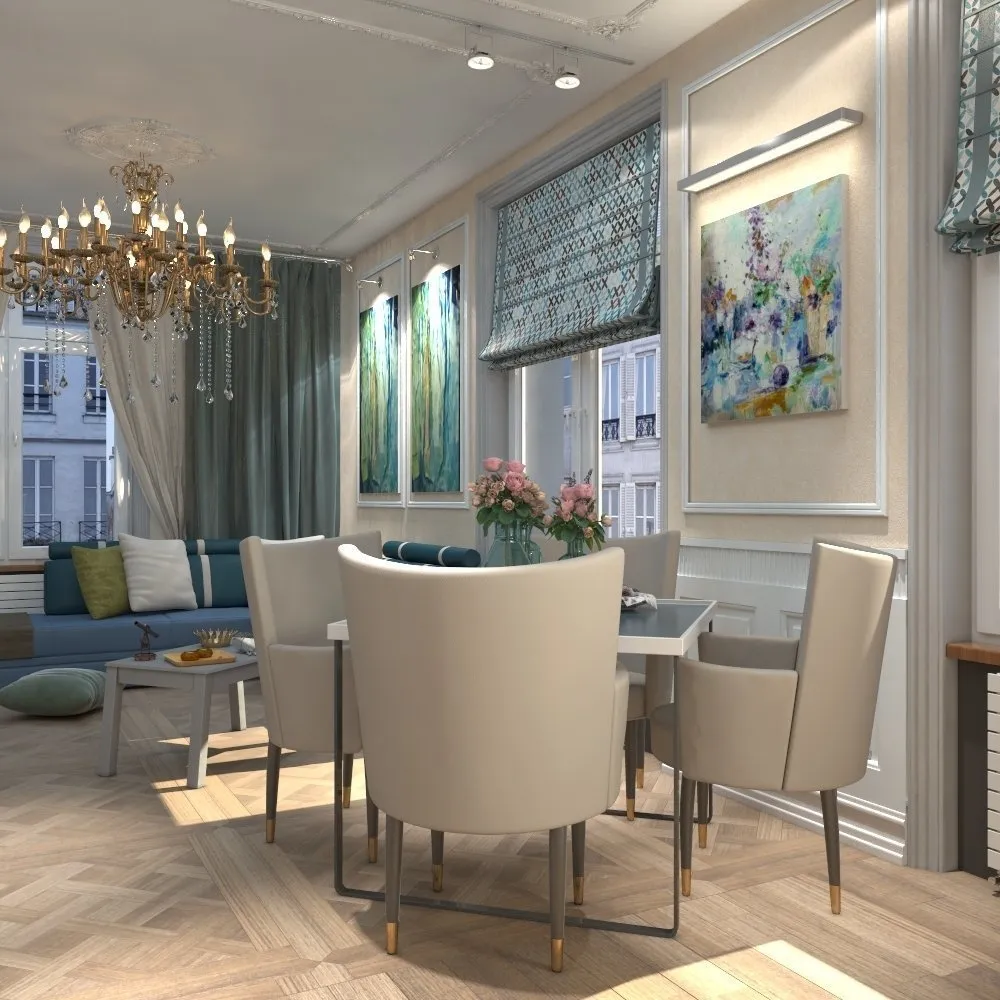 Design: Julia Shchikina
Design: Julia Shchikinaaesthetic appeal — quality that cannot be ignored if we're talking about interior design, this coating is the best analog of a marble surface, and moreover, it creates an additional visual effect on the wall thanks to internal glow;
the appearance of cracks on the surface of decorative plaster is practically impossible;
due to the presence of wax in the composition, the coating is resistant to sudden temperature and humidity changes;
with the help of Venetian plaster, almost any defects on the surface can be easily masked;
if necessary, walls or ceilings can be easily restored.
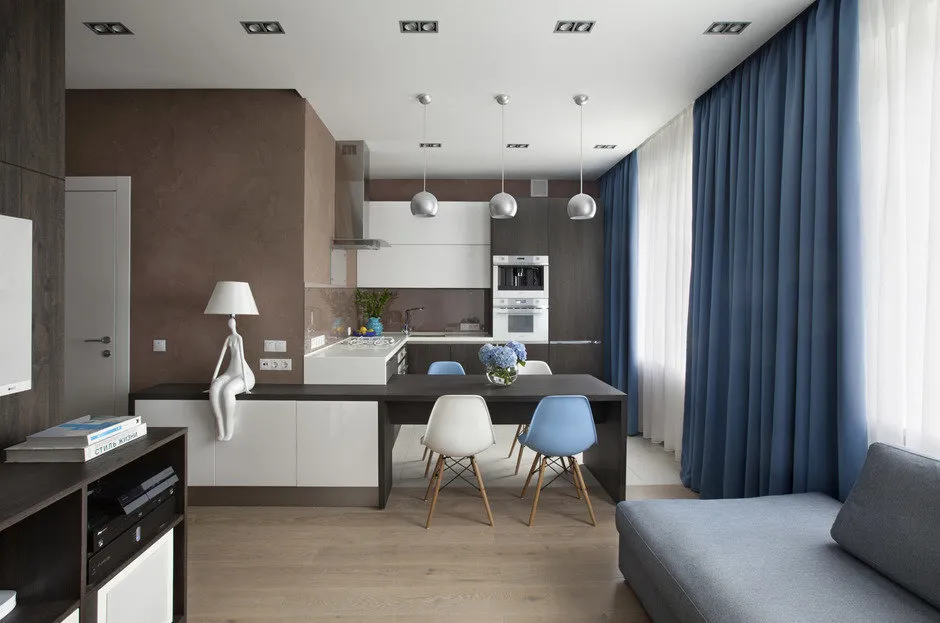 Design: Antonina Sinchugova
Design: Antonina SinchugovaAmong the disadvantages, one usually highlights:
high cost of the mixture and work on its application — such a coating is rarely chosen for budget projects;
multi-stage preparation before application (more about it below).
 Design: Inna Velichko
Design: Inna VelichkoApplication Methods
Applying Venetian plaster is not a simple task requiring preparation and certain skills.
Cracked. This is the term used for a type of Venetian plaster where the final coating looks like an antique. It fits well into any interior design style, including modern.
Carraresi Marble. A stunningly beautiful solution that is unfortunately impossible to achieve using regular spackle. Seeing Carrara marble in its natural form is almost impossible now, as it has stopped being mined and used in interior finishing. However, with the help of plaster, one can create a high-quality imitation.
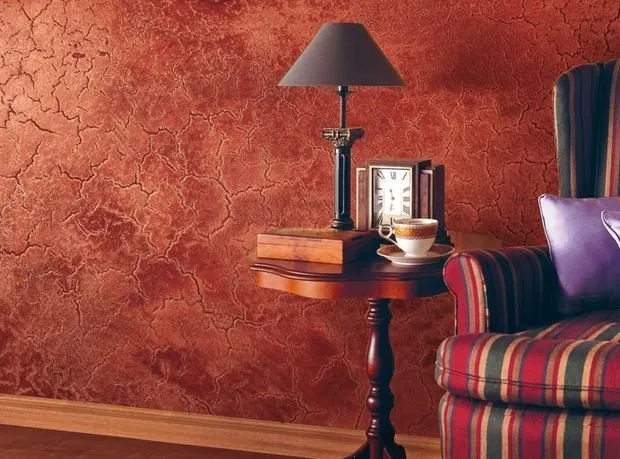
Marseilles Wax. This type differs little from classic Venetian plaster, only by the presence of wax in the composition. Thanks to this additional ingredient, not only the appearance but also the functional characteristics are improved, and it becomes possible to apply Venetian plaster in rooms like the kitchen or bathroom with high humidity.
Concrete Imitation — this type of plaster may not have an obvious relief, rather characterized by slight roughness due to the inclusion of sand and small stones in the composition.
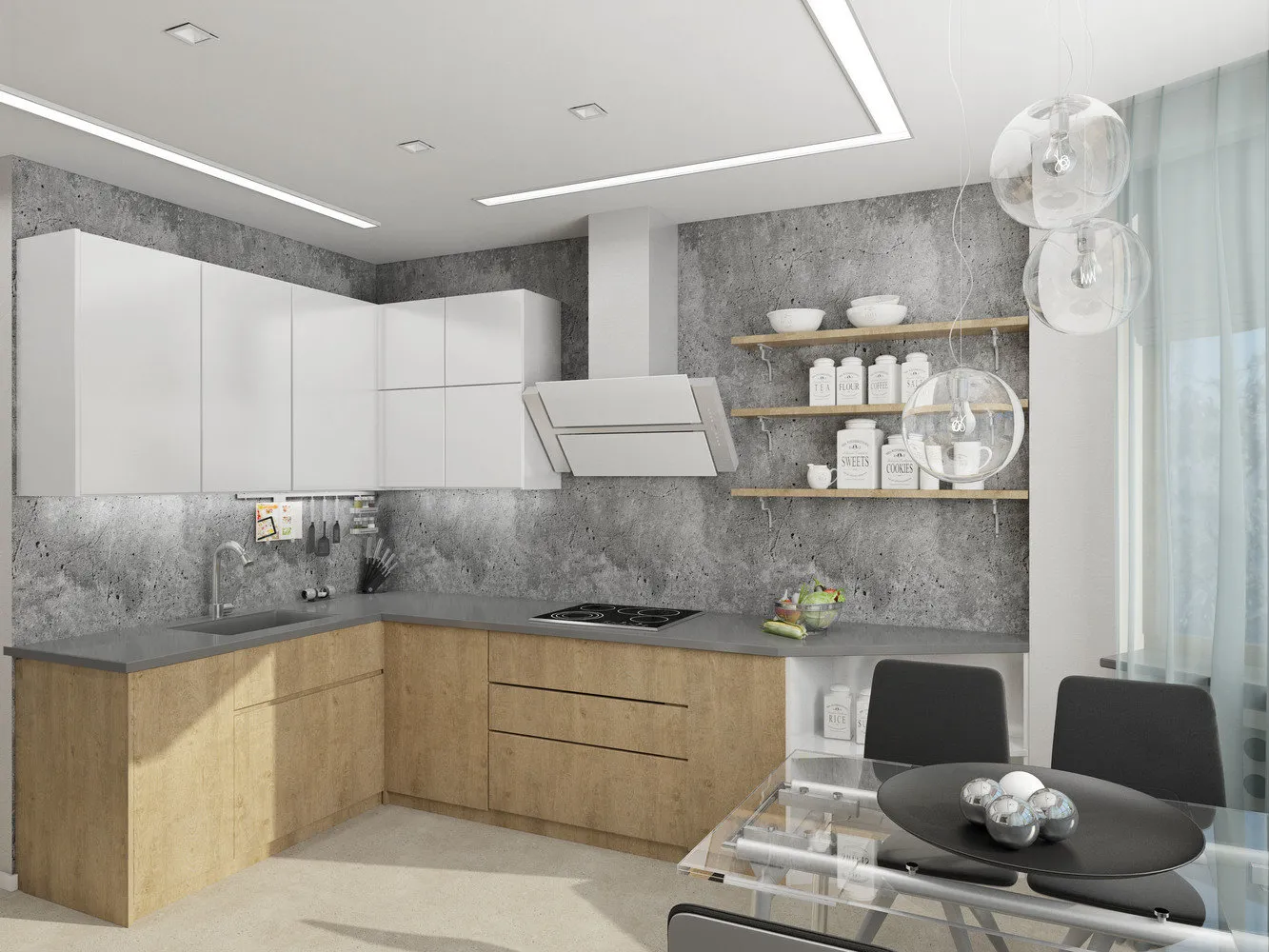 Design: Eugenia Ermolaeva, EEDS Studio
Design: Eugenia Ermolaeva, EEDS StudioVenetian Plaster in Interior Design under Silk and Brocade. The surface with such an effect indeed looks as if a piece of these fabrics was painted onto the wall. Due to the presence of mica particles reflecting light in the composition, a deep matte surface with a slight sheen is created. But just like any textile, such wall finishing is not suitable for humid rooms (kitchen, bathroom).
Under Wood. Yes, Venetian plaster can also be made to look like wood — cracked, polished, planed. For lovers of such interiors but wanting to preserve nature — it can and should be done with decorative plaster. However, this method of application requires the involvement of a master.
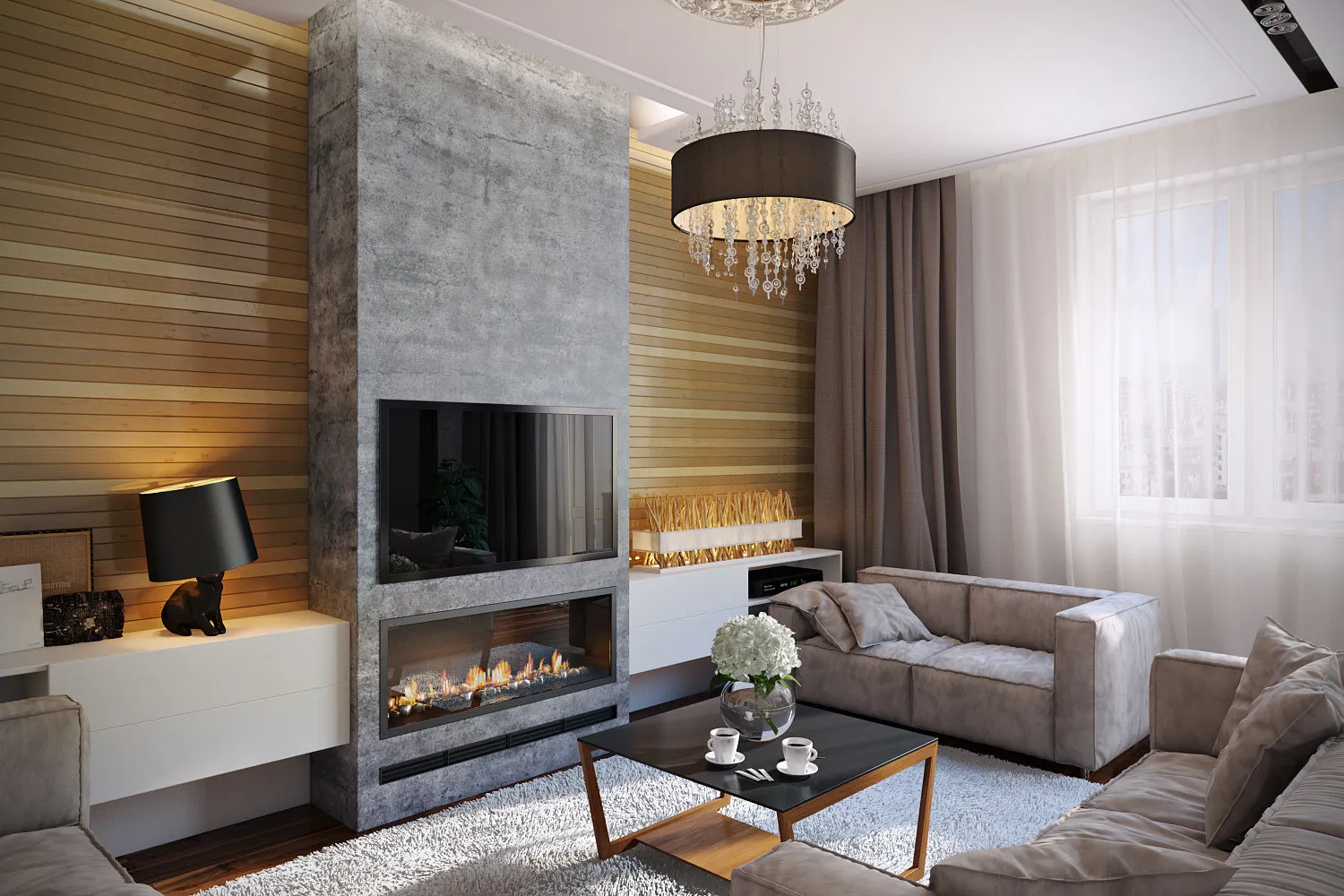 Design: Fisheye Design
Design: Fisheye DesignUnder Brick. This material is often used in interior design to imitate bricklaying.
Copper and Rust. This solution can be used in loft or modern interiors — it has become a new trend. Rust gives metal a unique feature, and with the help of plaster, such an effect can be created without resorting to chemical treatments.
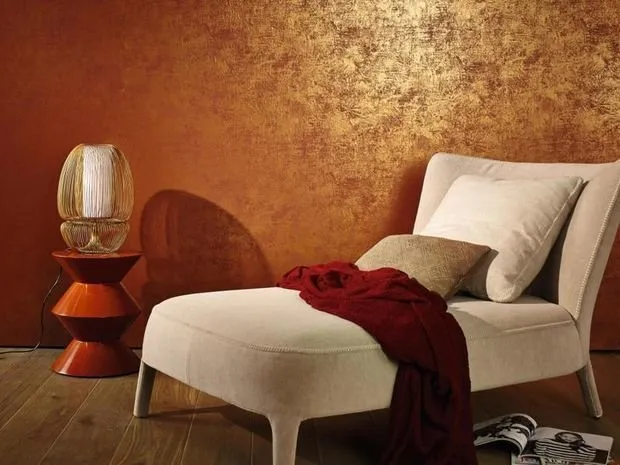
Effect of a Ruined Wall — this is the solution for those who want to create an unusual accent in interior design and a salvation for the real problem of wall destruction. Just plaster — and there are no problems.
When it's impossible to make a rare stone finish, designers can resort to Venetian plaster. Thanks to a special application technique, the effect can be reproduced on the wall and enjoyed.
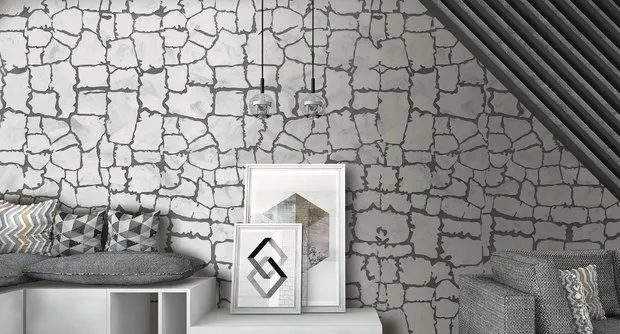
Application of Venetian Plaster in Apartment Interior
Decorative plaster, due to its variety and different coating characteristics, can be applied in various rooms.
In the Foyer
What could be better than welcoming guests and family members in a beautiful foyer? Decorative plaster on the walls of this room can attract attention from every visitor and leave no one indifferent. The foyer is a transit area, through which many people pass, leaving shoes, hanging coats, so it's better to choose a moisture-resistant and more durable type of decorative plaster.
Below, we offer photo examples of implementation.
 Design: Tatiana Shishkina
Design: Tatiana ShishkinaIn Corridors
Making corridors in an apartment or house beautiful and attractive is not an easy task. What interesting ideas can be created with this narrow rectangular passage? Accessories cannot be placed, and furniture also cannot — the only option is to "take" the finishing, and nothing else adds as much chic as decorative plaster.
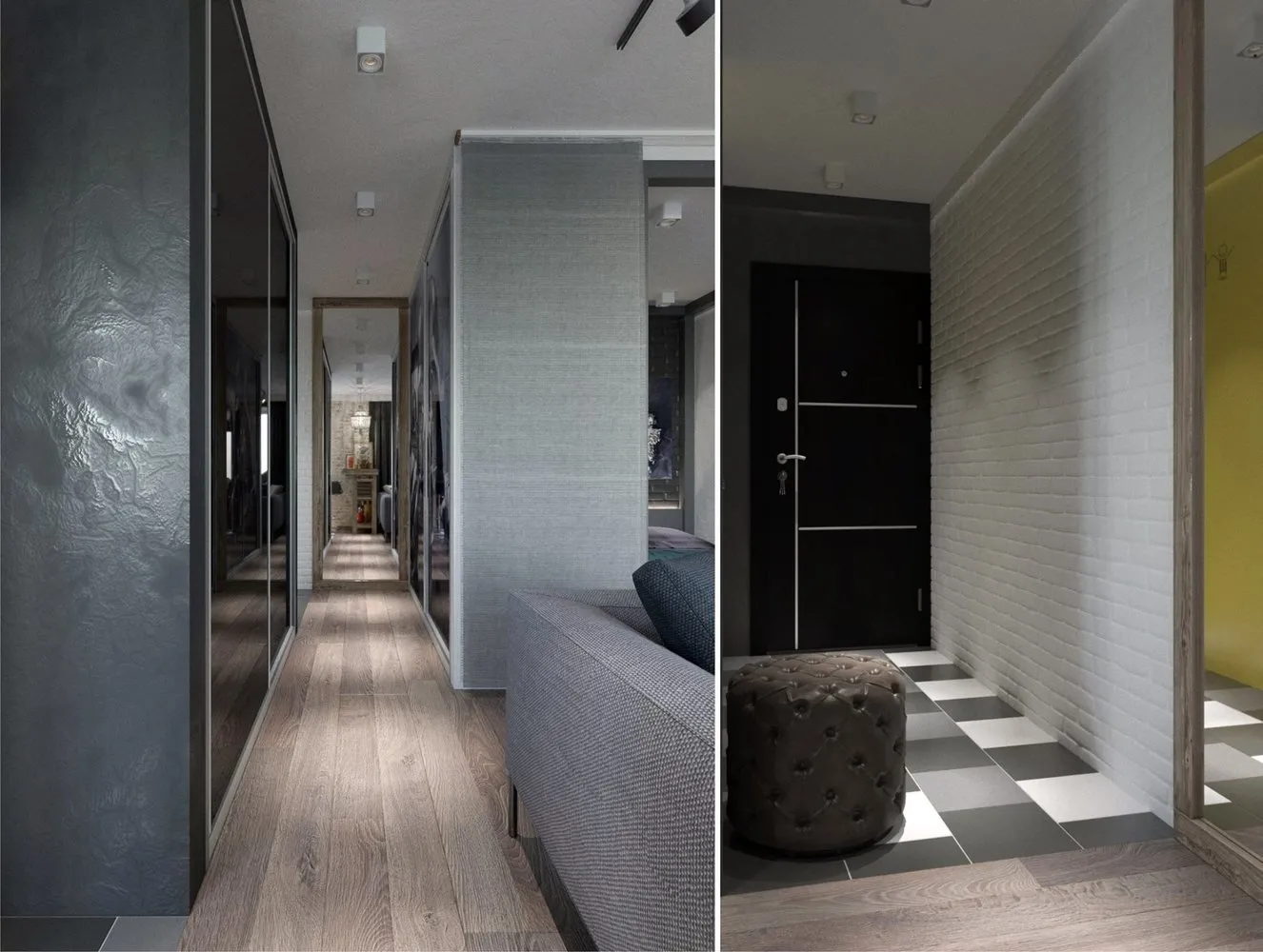 Design: Tatiana Shishkina
Design: Tatiana ShishkinaIn the Kitchen
The kitchen is a place in the house where the whole family gathers, so it has quite high requirements for comfort and warmth. At the same time, the kitchen is also a room with increased humidity, steam formation, and high temperature — these characteristics impose limitations on the choice of finishing materials. Venetian plaster can be placed in the dining area of the kitchen, it is better to choose a type with a final wax coating — this provides higher moisture resistance and preserves the wall decoration for a long time.
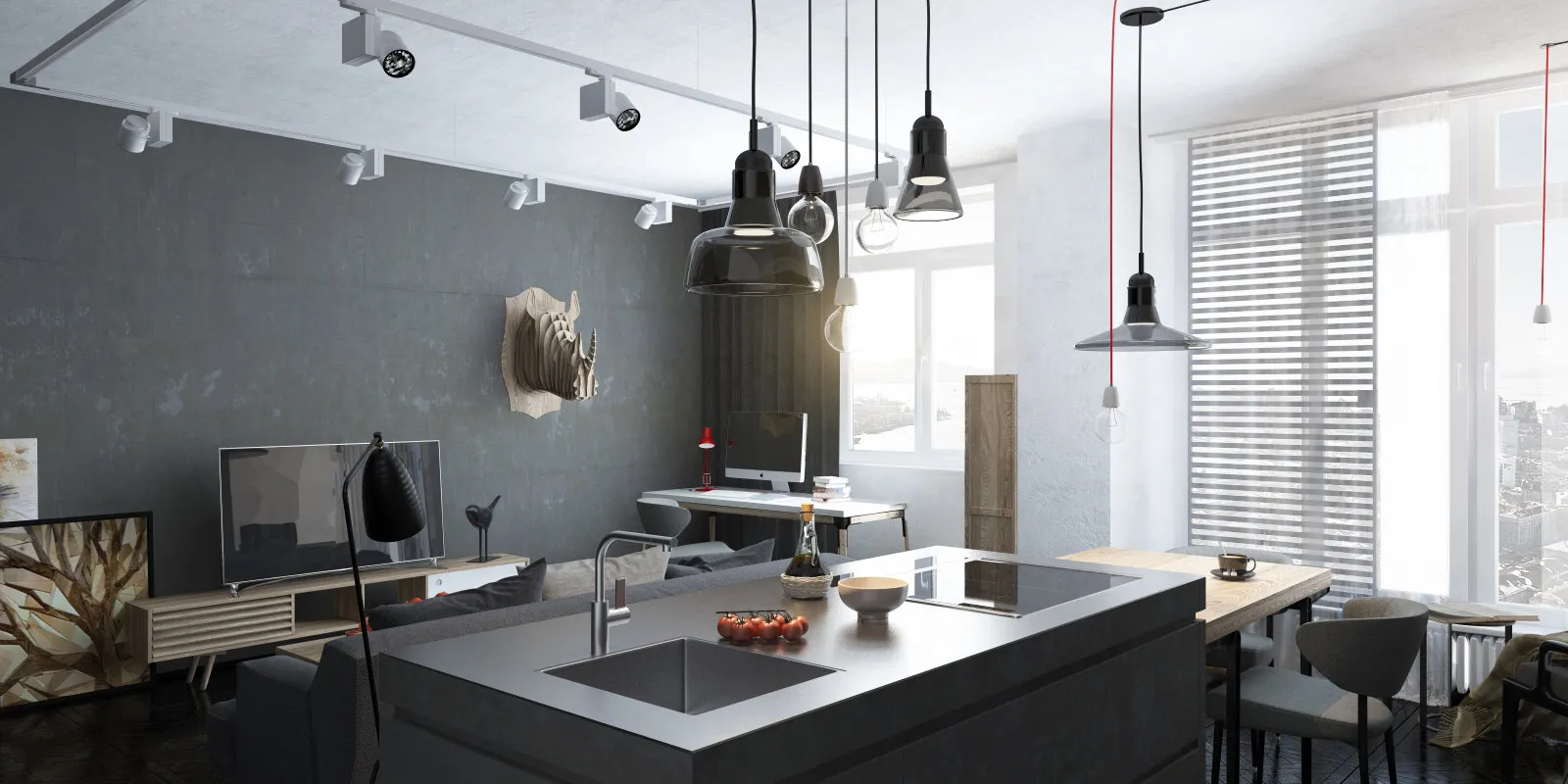 Design: Tatiana Shishkina
Design: Tatiana ShishkinaIn the Bathroom
Applying Venetian plaster to bathroom walls may seem like a contradictory decision, as it is so impractical. Perhaps it was indeed so in the past, but not now. Today, there are types of Venetian plaster that are resistant to moisture, so decorating walls in the bathroom with it is an original and practical solution.


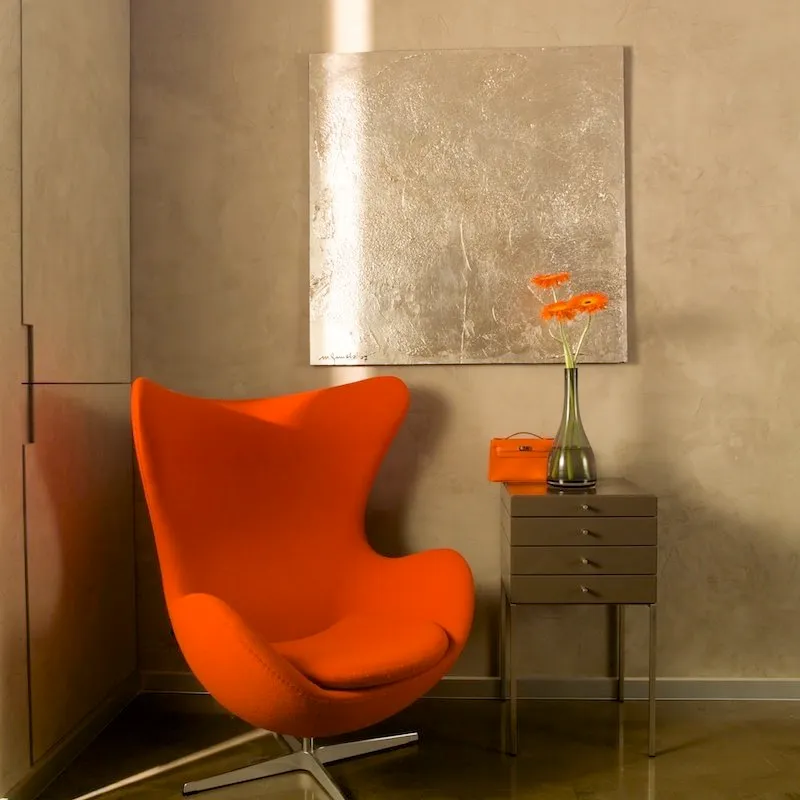
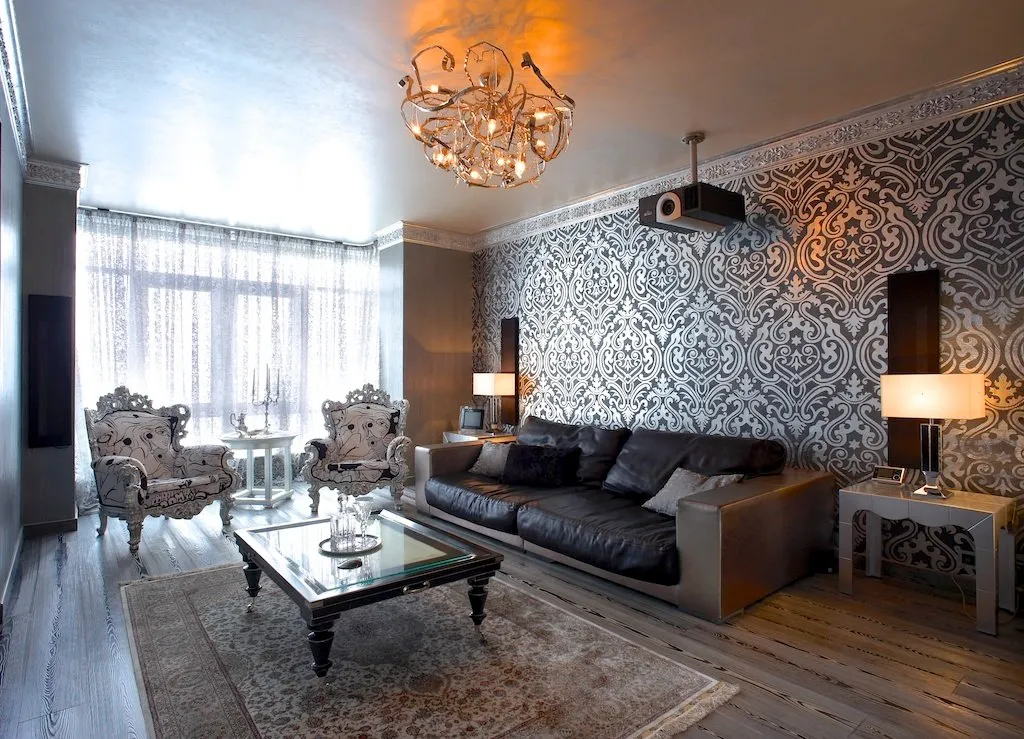
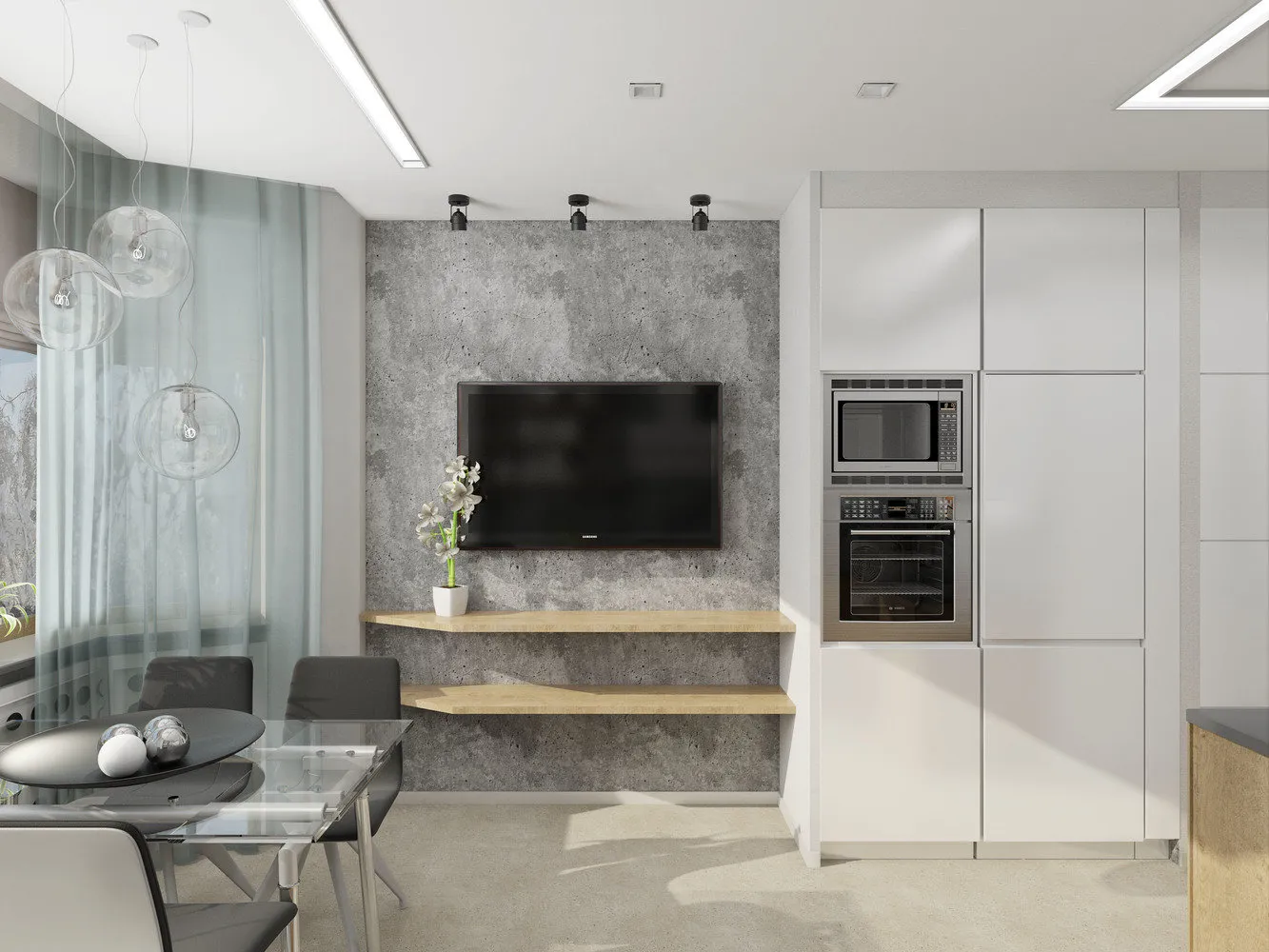
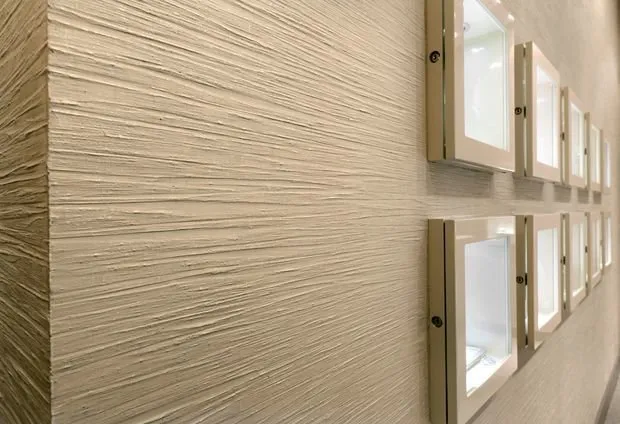

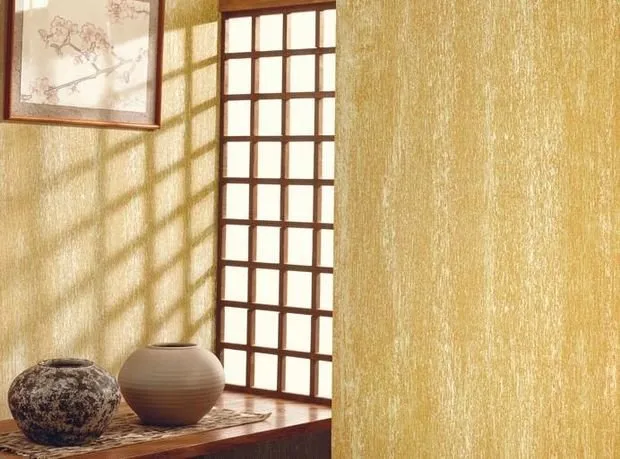

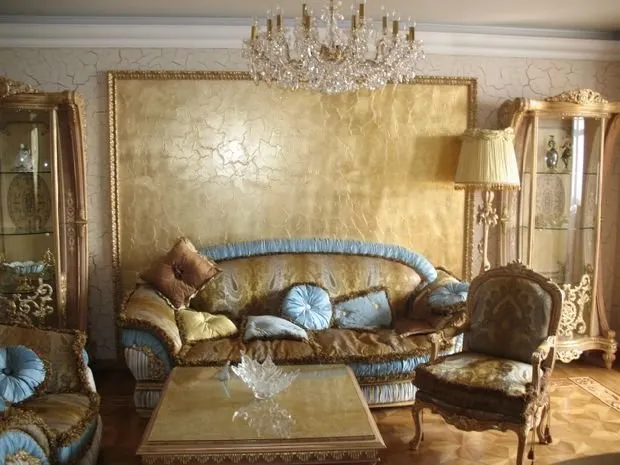
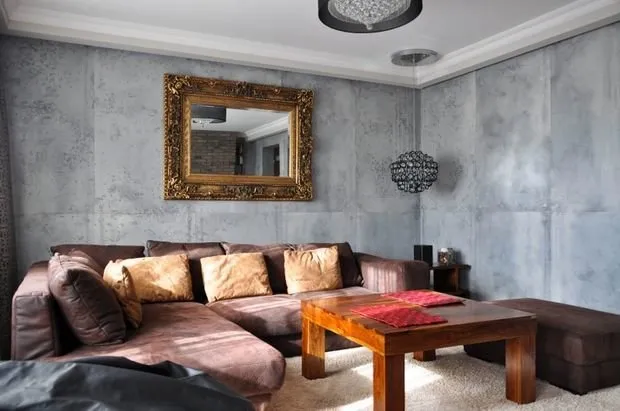
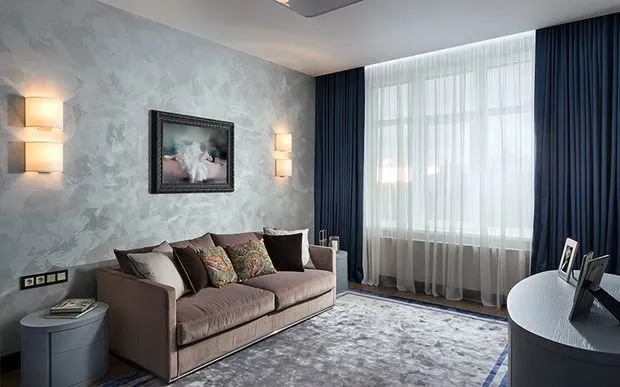


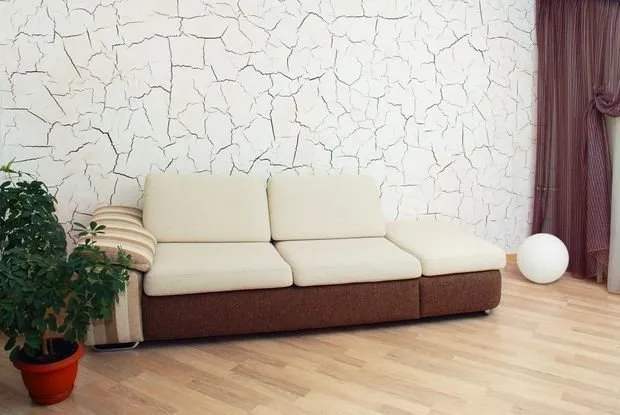
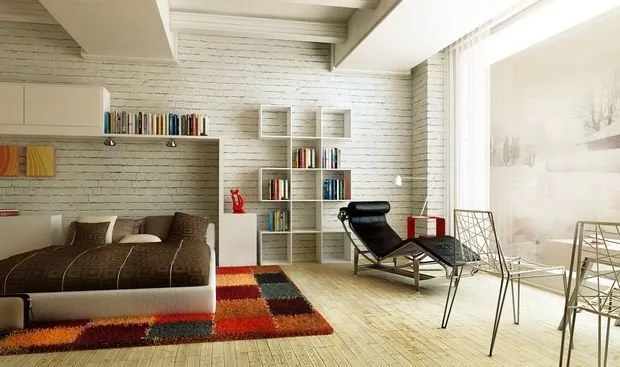

 Design: Inna Velichko
Design: Inna Velichko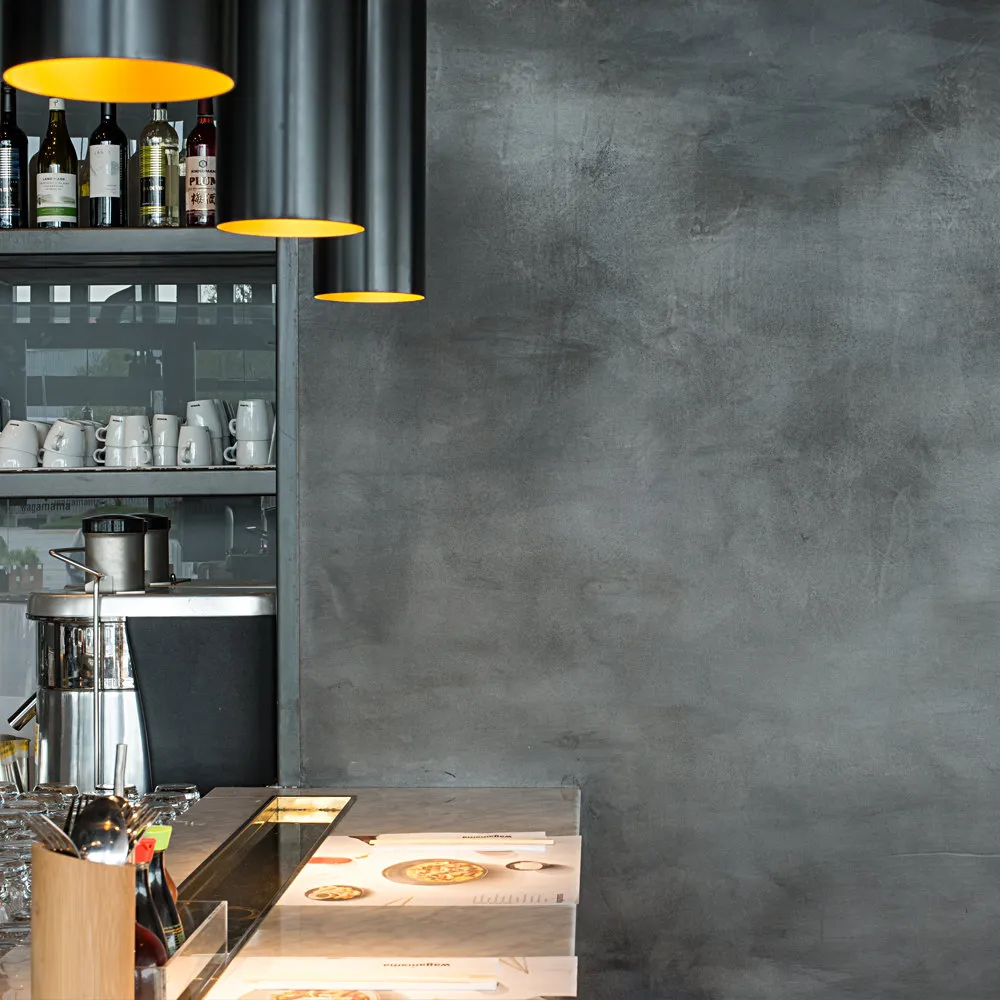
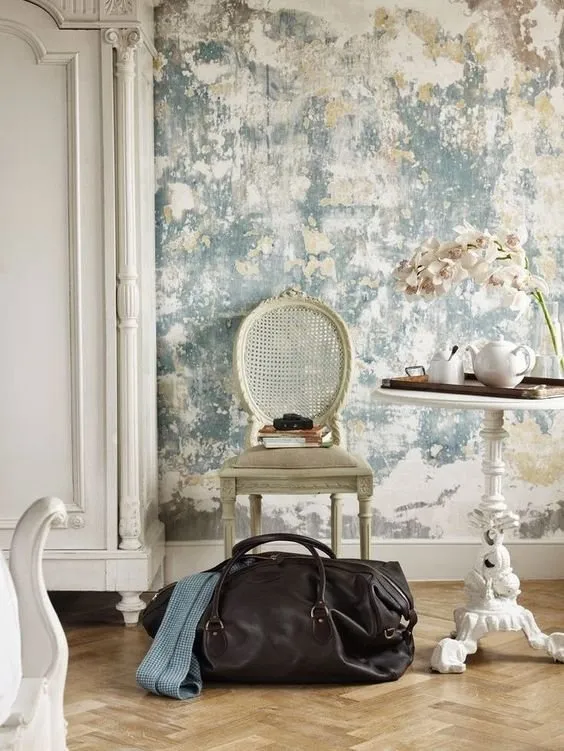

 Design: Tatiana Shishkina
Design: Tatiana Shishkina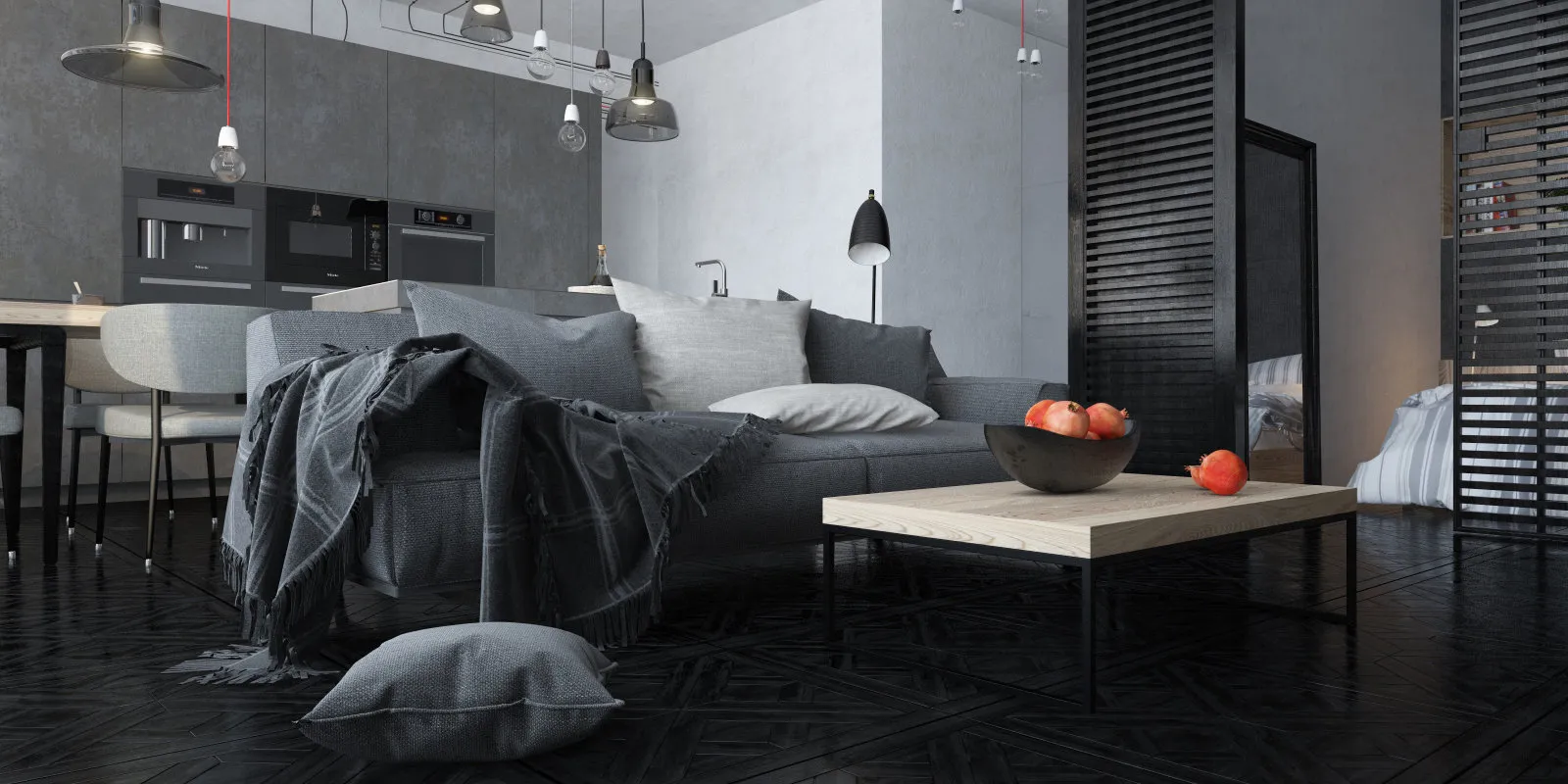

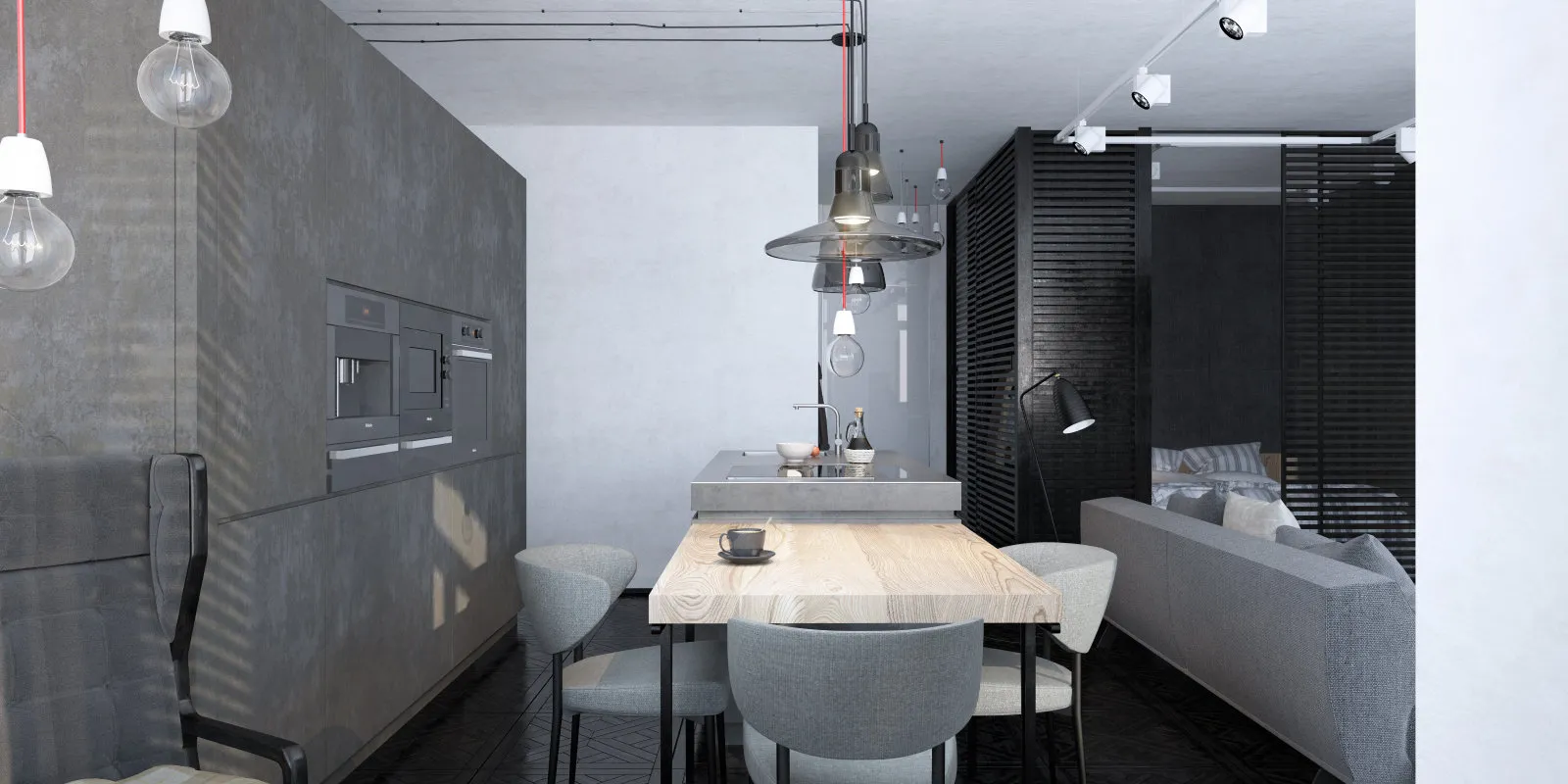
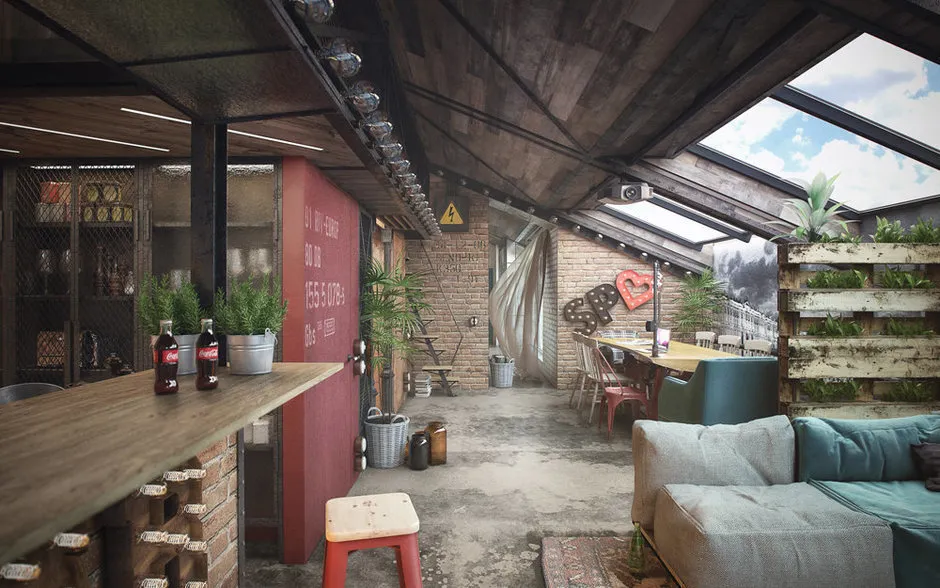
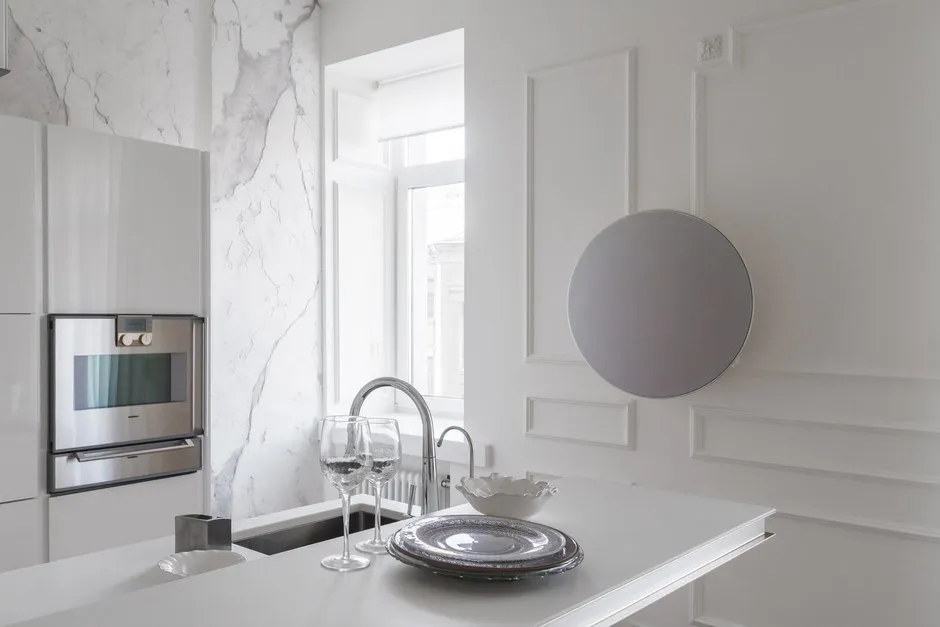
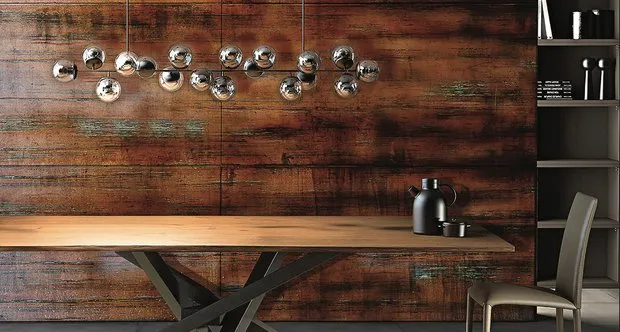

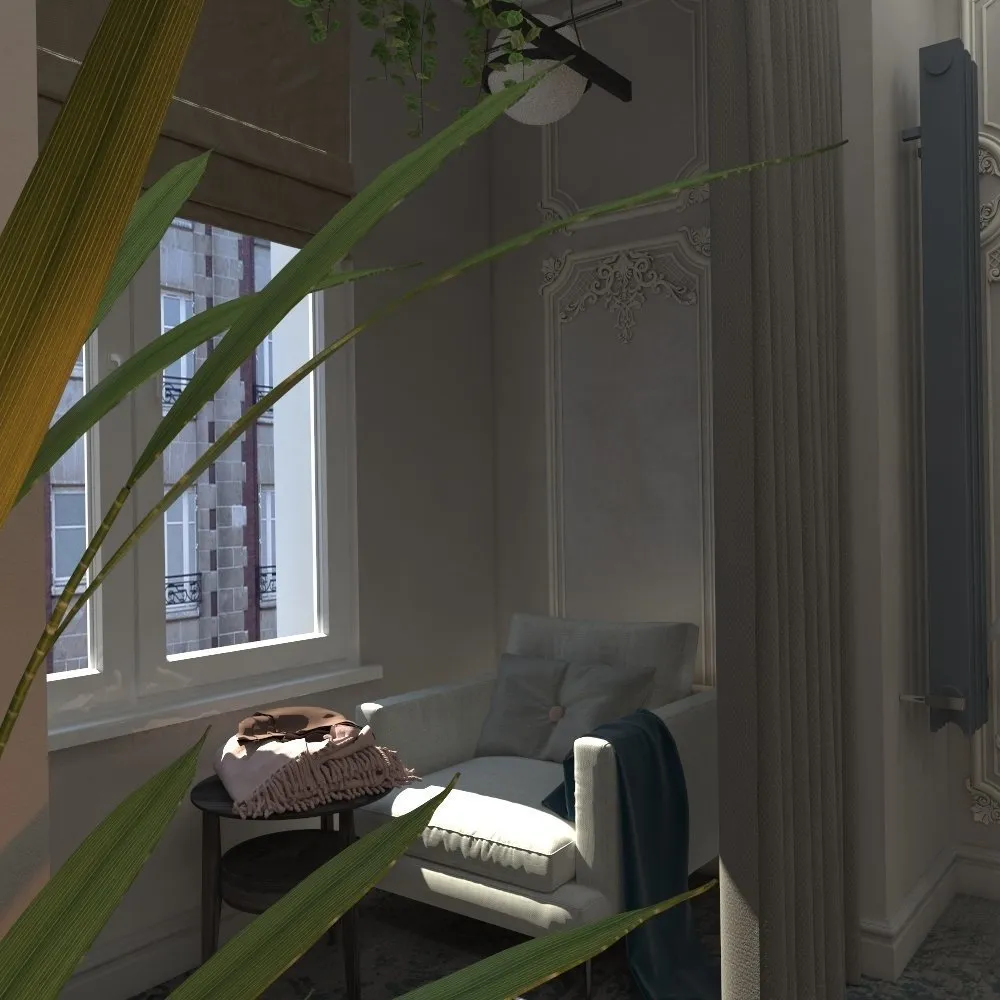
Decorative plaster is an interesting material for designer projects, it adds color and can be applied in various styles.
The cover design project by Eugenia Shymkivich.
More articles:
 6 Tips on How to Update an Outdated Interior
6 Tips on How to Update an Outdated Interior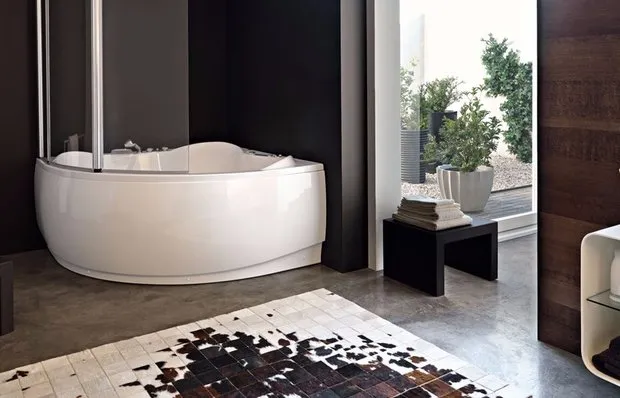 Bathrooms with Corner Bathtubs: Interior Photos
Bathrooms with Corner Bathtubs: Interior Photos Lavender Living Room
Lavender Living Room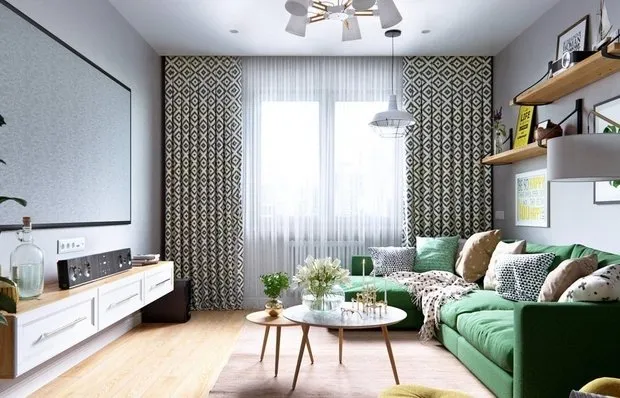 Cozy Scandinavian Living Room: 8 Ideas
Cozy Scandinavian Living Room: 8 Ideas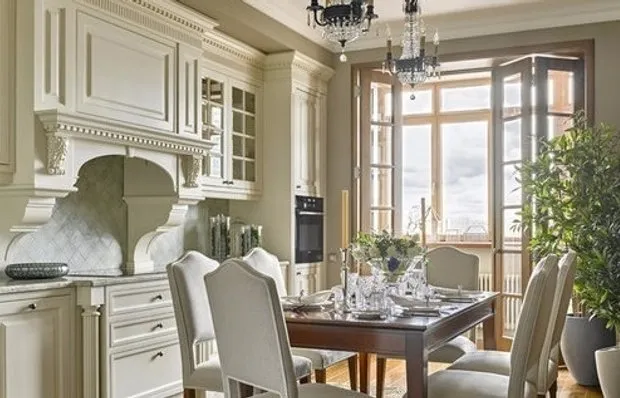 Design of Small Kitchen: Interior Photos of Corner and Straight Kitchens
Design of Small Kitchen: Interior Photos of Corner and Straight Kitchens Corner Wardrobes
Corner Wardrobes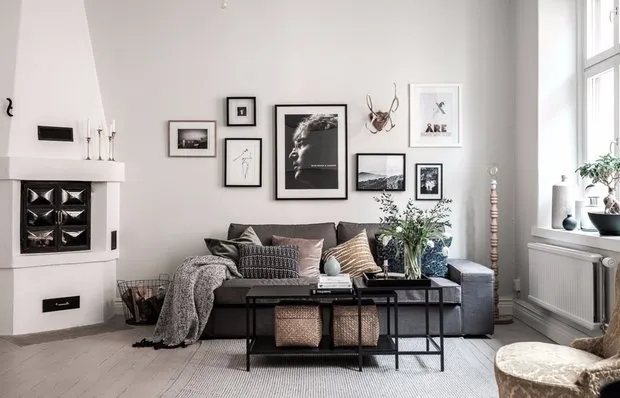 Comfortable Layout and Invisible Wardrobes: Apartment in Sweden
Comfortable Layout and Invisible Wardrobes: Apartment in Sweden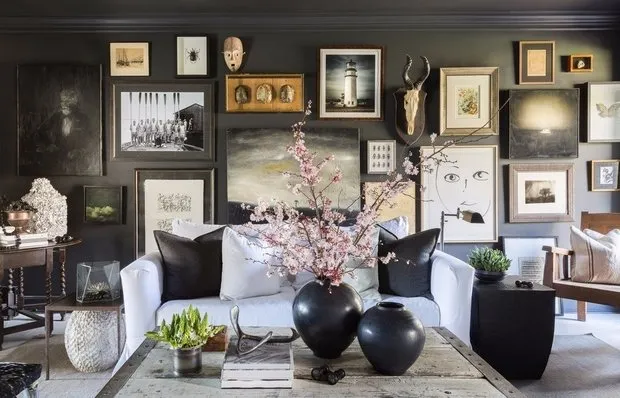 Andersen's House: Visiting an American Designer
Andersen's House: Visiting an American Designer